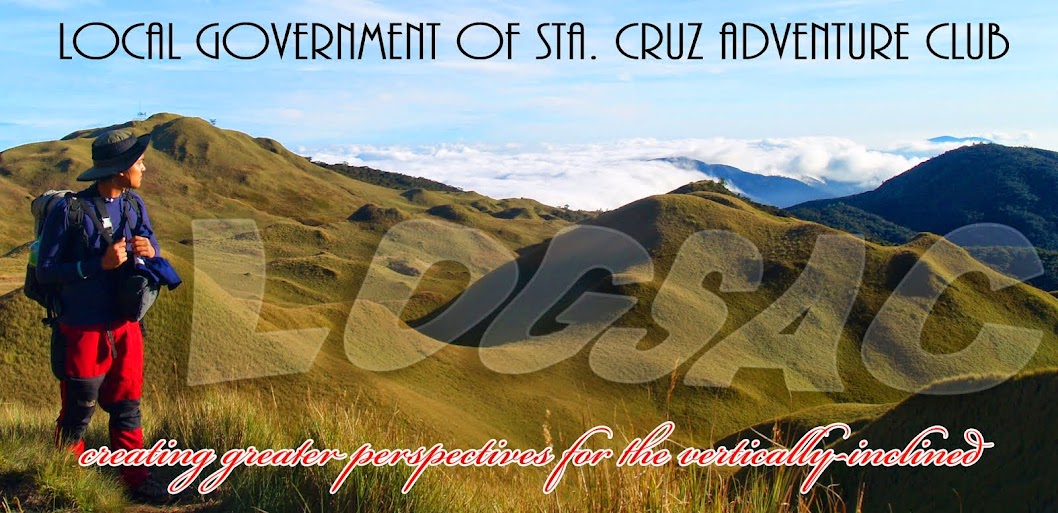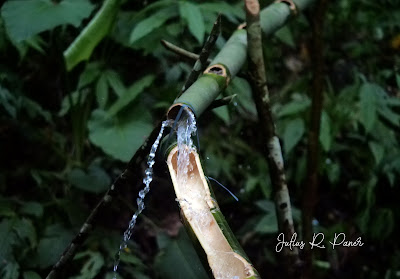I’ve been aching to visit Limba Falls in Sinoron because it is the only site left unexplored within the Sinoron Ecopark and the community had long been wanting to include this as another product for tourists to visit sooner than later. On January 13, 2024 I finally completed a day trek here with the Sinoron Tribal Workers Association and Indigenous People Youth group led by Billy Omang. Thank you for joining me in this trek Angel, Rexcie, Maimai, Javier and Nong Nerio.
Limba Falls is located in sition Karamagan, the same route we used during exploration of other sites such as Dumaok Falls, Kasisi Falls and Tacub Laya Falls taking the left track before entering the façade of Pilan River hanging bridge. This route also highlights several springs and creeks that authenticate Sinoron’s existence as the ultimate Water World of Sta. Cruz.
The trail is a plantation of assorted perennial crops like cardava, fruit trees, abaca and coconut. It has lesser settlement though compared to sitio Sangay and it edged in a rock wall flanking barangay Saliducon and the dominant Tagaytay and Aré ridges. Another ridge stretching westward with a rolling terrain led us to the majestic Limba Falls cascading on a hard ledge of around 40 meters. The perimeter is surrounded with lush forest, serving home to attractive flora and fauna.
The distance to Limba Falls from barangay hall of Sinoron is 6.5 kilometers but with the road going to Pilan River now being constructed the best place to start the trek is at the bamboo junction of Pilan just before reaching the river to ease the strain of trekking in a paved road and to also give opportunity for motorcycle drivers to earn income, reducing the trekking distance to only 3 kilometers.
Some interesting stories are embedded with Limba Falls. My good friend Datu Danny Udal told me it hosted a rido settlement by the warriors from Sinoron and Sibulan in the 18th century and it cost a slave’s life before the fighting clan finally mellowed down onward to resolving the long-time conflict. This waterfalls is sacred for the indigenous peoples, and while it is imperative to consider it for ecotourism there is a need to seek consent from the Indigenous Political Structure and other tribal leaders who have known the value of the waterfalls to the life of the Bagobo-Tagabawa.





























